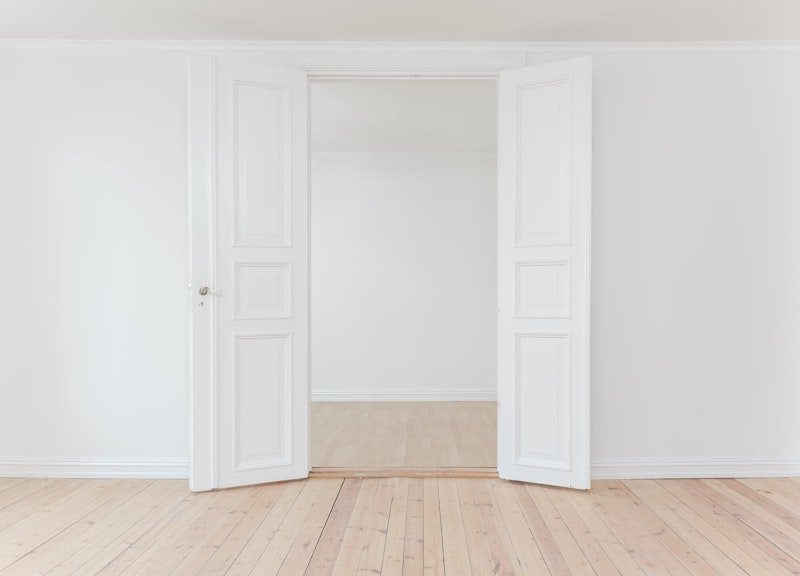What Are the Most Innovative Uses of Augmented Reality in Graphic Design?
One of the most innovative uses of AR in graphic design is in product packaging. Brands are using AR to turn ordinary boxes into interactive experiences. Picture this: you buy a cereal box, scan it with your phone, and suddenly, a fun animated character pops up, guiding you through a game or sharing nutritional tips. It’s not just about the product anymore; it’s about creating a memorable experience that keeps customers coming back for more.
Then there’s the world of advertising. Traditional billboards are getting a facelift with AR. Instead of just static images, imagine a billboard that allows passersby to interact with a 3D model of a car, changing colors or even taking it for a virtual test drive. It’s like stepping into a video game, but it’s all happening in real life! This kind of engagement not only grabs attention but also builds a deeper connection with the audience.

With AR, graphic design is no longer confined to screens or paper; it’s an immersive journey that invites everyone to participate. Isn’t that just incredible?
Beyond the Canvas: How Augmented Reality is Revolutionizing Graphic Design
Think about it: when you see a poster, it’s just a piece of paper, right? But with AR, that poster can come alive! You can point your smartphone at it and watch animations unfold, or even interact with the design. It’s like having a conversation with the artwork. This technology allows graphic designers to push boundaries, blending creativity with technology to craft experiences that resonate on a deeper level.
Have you ever wished you could see how a design looks in your own space before committing to it? AR makes that wish a reality! Imagine trying out a new logo on your storefront or visualizing a product in your living room. It’s like having a personal stylist for your space, ensuring everything fits just right. This not only enhances the design process but also empowers clients to make informed decisions.
Moreover, AR is a game-changer for storytelling. Designers can layer narratives over visuals, guiding viewers through a journey that’s both engaging and informative. It’s like reading a book where the characters leap off the pages, inviting you to join their adventure. This level of interaction fosters a connection that static designs simply can’t achieve.
So, whether you’re a designer looking to innovate or a business wanting to captivate your audience, embracing augmented reality is like unlocking a treasure chest of possibilities. The future of graphic design is here, and it’s more vibrant and interactive than ever!
Augmented Reality in Graphic Design: Transforming Ideas into Immersive Experiences
With AR, graphic designers can take their concepts off the screen and into the real world. Picture this: you’re designing a poster for a music festival. Instead of just a flat image, you can create an interactive experience where festival-goers can scan the poster with their phones and watch the band’s latest music video play right before their eyes. It’s not just a design; it’s an invitation to experience the event in a whole new way.
But how does this work? AR overlays digital content onto the physical world, using devices like smartphones or AR glasses. This technology allows designers to blend creativity with technology, making their work not just seen but felt. It’s like turning a book into a movie—suddenly, the story leaps off the page, and you’re part of the action.
Think about the potential for brands, too. Imagine a customer pointing their phone at a product and seeing a 3D model that showcases its features in real-time. It’s a game-changer for marketing, allowing consumers to interact with products before they buy. This level of engagement can create a deeper connection between the brand and its audience, making the experience memorable.
In a world where attention spans are shorter than ever, AR in graphic design is like a breath of fresh air. It invites users to step into a new dimension of creativity, where ideas aren’t just presented—they’re experienced. So, are you ready to dive into this exciting frontier?
The Future is Now: 10 Groundbreaking AR Applications in Graphic Design
First up, think about how AR can turn a simple logo into an interactive experience. Brands can now create logos that come to life when viewed through a smartphone. Picture this: you scan a logo, and suddenly, it animates, telling the story of the brand in a way that static images simply can’t. It’s like giving your brand a voice!
Then there’s the world of packaging design. Imagine picking up a cereal box and seeing a character pop out, guiding you through the nutritional benefits. This not only grabs attention but also engages consumers in a fun, memorable way. It’s like having a mini-movie right in your kitchen!
And let’s not forget about interior design. AR apps allow designers to visualize how furniture and decor will look in a space before making any purchases. It’s like having a magic wand that lets you rearrange your living room without lifting a finger!
But wait, there’s more! AR is also revolutionizing educational materials. Imagine textbooks that come alive with animations and interactive quizzes. Learning becomes an adventure, not just a chore.
With tools like Adobe Aero and Spark AR, designers are equipped to create stunning visuals that blend the digital and physical worlds seamlessly. It’s a playground for creativity, where the only limit is your imagination. So, are you ready to embrace this exciting new frontier in graphic design? The future is indeed now, and it’s bursting with possibilities!
From Concept to Creation: The Role of Augmented Reality in Modern Graphic Design
So, how does this all work? Well, AR overlays digital elements onto the real world, creating an interactive experience that can be accessed through smartphones or AR glasses. Think of it as a bridge between the physical and digital realms. Designers can now create graphics that not only look stunning but also tell a story, allowing users to interact with their designs in ways that were once the stuff of science fiction.
Picture this: you’re browsing a product catalog, and instead of just seeing a flat image, you can point your phone at it and watch the product come to life in 3D. You can rotate it, zoom in, and even see how it fits into your space. This level of engagement is a game-changer for brands looking to connect with their audience on a deeper level. It’s like inviting customers into a virtual showroom where they can explore and play.
Moreover, AR isn’t just for marketing; it’s revolutionizing the design process itself. Designers can visualize their concepts in real-time, making adjustments on the fly. It’s like having a magic wand that allows you to see your ideas come to life instantly. This not only boosts creativity but also streamlines collaboration, as teams can share and modify designs in an immersive environment.
In a world where attention spans are shorter than ever, AR in graphic design is the secret sauce that keeps audiences hooked, turning passive viewers into active participants.
Seeing is Believing: Innovative AR Techniques That Are Redefining Graphic Design
AR techniques are like a magic wand for designers, allowing them to blend the digital and physical worlds seamlessly. Picture this: you’re at a café, and you scan a QR code on a flyer. Suddenly, a 3D animation pops up, showcasing the latest product in action. It’s not just eye-catching; it’s engaging! This kind of interaction pulls the audience in, making them part of the story rather than just passive observers.
But it doesn’t stop there. Designers are now using AR to create immersive experiences that can be tailored to individual users. Think of it as a personalized tour guide for your brand. With AR, you can provide customers with interactive tutorials, virtual try-ons, or even gamified experiences that keep them coming back for more. It’s like giving your audience a backstage pass to your creative process!

So, if you’re in the graphic design game, embracing AR isn’t just an option; it’s a necessity. It’s the bridge between imagination and reality, and it’s here to stay. Are you ready to step into this vibrant new world?
